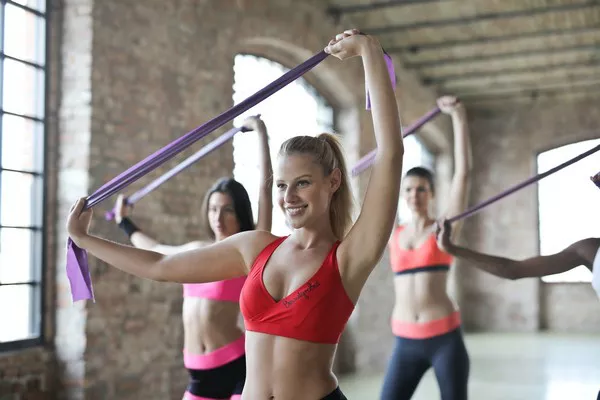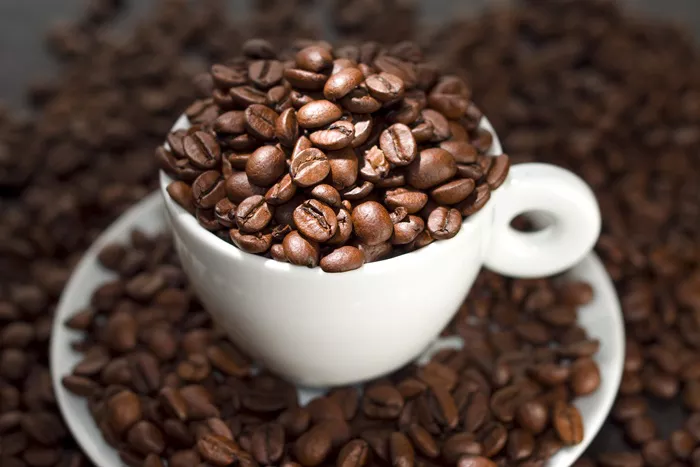In the realm of fitness, dance exercise aerobics has gained significant popularity as a fun and effective way to stay fit and healthy. Combining the elements of dance with aerobic exercise, this dynamic form of fitness not only helps in improving cardiovascular health but also enhances flexibility, coordination, and overall well-being. In this article, we will delve into the various benefits of dance exercise aerobics and explore the importance of stretching within this regimen.
Dance Exercise Aerobics
Dance exercise aerobics, often referred to simply as dance aerobics, is a form of physical activity that incorporates rhythmic dance movements with aerobic exercises. It typically involves a series of choreographed routines set to music, which can range from high-energy beats to slower, more rhythmic tunes. Popular forms of dance incorporated into aerobics include salsa, hip-hop, jazz, and Zumba, among others.
One of the key attractions of dance exercise aerobics is its accessibility to people of all ages and fitness levels. Whether you’re a seasoned dancer or a novice, the routines can be modified to suit individual needs and abilities. Additionally, the social aspect of group dance classes can make the experience more enjoyable and motivating.
The Benefits of Dance Exercise Aerobics
Improves Cardiovascular Health: Like traditional aerobic exercises, dance exercise aerobics gets your heart pumping, which helps improve cardiovascular health. Regular participation in dance aerobics can lower blood pressure, reduce the risk of heart disease, and improve overall circulation.
Enhances Coordination and Balance: The intricate dance movements involved in dance aerobics require coordination between various muscle groups, helping to improve overall balance and proprioception. This can be particularly beneficial for older adults in reducing the risk of falls and injuries.
Burns Calories and Promotes Weight Loss: Dance aerobics is a highly effective calorie-burning workout. Depending on the intensity of the routine, it can help you burn a significant number of calories in a single session, making it an excellent choice for those looking to lose weight or maintain a healthy weight.
Boosts Mood and Mental Well-being: The combination of music, movement, and social interaction in dance aerobics can have a positive impact on mental health. It releases endorphins, the body’s natural feel-good hormones, which can help reduce stress, anxiety, and depression.
Increases Flexibility and Range of Motion: Many dance aerobics routines incorporate stretching exercises, which help improve flexibility and range of motion. This is particularly beneficial for maintaining joint health and preventing injuries, especially as we age.
The Importance of Stretching in Dance Exercise Aerobics
Stretching is an integral component of any fitness regimen, including dance exercise aerobics. It helps prepare the body for physical activity by warming up the muscles, increasing blood flow, and improving flexibility. Incorporating stretching exercises into your dance aerobics routine can help prevent injuries, enhance performance, and promote overall well-being.
Types of Stretches
Static Stretching: Static stretching involves holding a stretch in a stationary position for a set period, typically 15-30 seconds. This type of stretching helps improve flexibility and range of motion by lengthening the muscles and connective tissues. Common static stretches for dance aerobics include hamstring stretches, quadriceps stretches, and calf stretches.
Dynamic Stretching: Dynamic stretching involves moving the body through a range of motion in a controlled manner. Unlike static stretching, which is done while stationary, dynamic stretching helps improve flexibility, coordination, and muscle activation by mimicking movements used in the activity. Examples of dynamic stretches for dance aerobics include leg swings, arm circles, and torso twists.
Proprioceptive Neuromuscular Facilitation (PNF) Stretching: PNF stretching is a more advanced form of stretching that involves contracting and relaxing the muscles while stretching them. This technique helps improve flexibility and range of motion by engaging both the agonist and antagonist muscles. PNF stretching should be done with caution and preferably under the guidance of a trained instructor to avoid injury.
When to Stretch
Stretching should be incorporated into your dance aerobics routine both before and after the workout.
Before Workout: Prior to starting your dance aerobics session, it’s essential to perform dynamic stretches to warm up the muscles and prepare the body for movement. Dynamic stretches help increase blood flow to the muscles, improve flexibility, and enhance muscle activation, which can help prevent injuries during exercise.
After Workout: After completing your dance aerobics workout, static stretching should be performed to help relax the muscles and improve flexibility. Holding static stretches for 15-30 seconds allows the muscles to elongate and release tension accumulated during the workout, promoting recovery and reducing muscle soreness.
Tips for Safe Stretching
Warm Up: Always start with a brief warm-up before stretching to increase blood flow to the muscles and prepare them for movement.
Avoid Bouncing: Avoid bouncing or jerking movements while stretching, as this can lead to injury. Instead, focus on gently lengthening the muscles and holding the stretch in a comfortable position.
Listen to Your Body: Pay attention to your body’s cues and avoid pushing yourself beyond your limits. Stretch to the point of mild discomfort, but never to the point of pain.
Breathe: Remember to breathe deeply and evenly while stretching to help relax the muscles and enhance the effectiveness of the stretch.
Stay Hydrated: Drink plenty of water before, during, and after your dance aerobics workout to stay hydrated and support muscle function.
Conclusion
Dance exercise aerobics offers a fun and effective way to improve cardiovascular health, enhance coordination, and boost overall well-being. By incorporating stretching exercises into your dance aerobics routine, you can improve flexibility, prevent injuries, and maximize the benefits of your workout. Whether you’re a seasoned dancer or a novice, dance aerobics is a versatile fitness option that can be tailored to suit your individual needs and goals. So put on your dancing shoes, crank up the music, and get ready to dance your way to better health!
[inline_related_posts title=”You Might Be Interested In” title_align=”left” style=”list” number=”6″ align=”none” ids=”8678,8675,8595″ by=”categories” orderby=”rand” order=”DESC” hide_thumb=”no” thumb_right=”no” views=”no” date=”yes” grid_columns=”2″ post_type=”” tax=””]
































